If there is poor quality information being served up in the SERPs, Google will have a big problem: Users will stop searching, and this hits Google where it hurts — in their advertising revenue.
So it makes sense that Google is keen to push forward authoritative and trustworthy sites when it comes to ranking in the results. Towards the end of 2022, Google updated three key areas of the algorithm that it uses to judge where it ranks websites within search engine results pages. The helpful content update, link spam update, and E-A-T — which is now known as E-E-A-T.
Distrust is now our default emotion
Nearly six in 10 consumers say their default tendency is to distrust something until they see EVIDENCE it is trustworthy. If you’re working with brands in typically untrusted verticals, such as health, finance, banking, lending, e-commerce, recruitment, legal, etc., then I am sorry to say that Google won’t automatically trust you.
In this post, I’ll share the digital PR tactics you can use to help to improve your E-E-A-T signals, explain why building trust and credibility needs to be at the top of your list if you want to have greater visibility in the SERPs, and share success stories that showcase how these tactics have led to commercial gains for brands in typically untrusted sectors.
What is E-E-A-T?
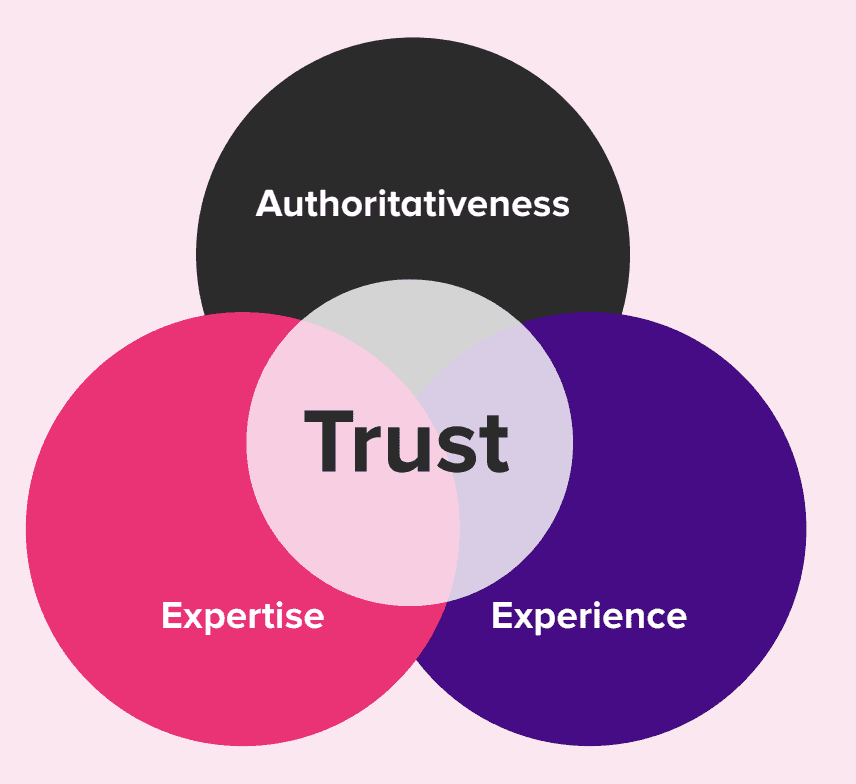
E-E-A-T stands for Experience, Expertise, Authoritativeness and Trustworthiness, and these are the four qualities that your brand should have if you want to have the best chance of ranking well and providing the best experience for your audience.
Experience
Experience is the newest addition to E-E-A-T, highlighting the need for brands to demonstrate experience in whatever topic or subject matter the brand wants to be known for.
Digital PR is one of the most effective ways for brands in any sector to demonstrate experience, by securing coverage on external, topically-relevant websites showcasing your first-hand experience. This can be done through thought leadership articles, supplying journalists with insight into relevant news stories and even sharing brand-owned data to showcase credibility in a subject area.
Expertise
Expertise is one of the most important attributes for brands to demonstrate to Google, and digital PR is the perfect vehicle for doing this.
If your CEO has been interviewed, or has written an article, for a key trade publication, these can help you establish credibility through expertise. However, brands need to be mindful that they only comment and contribute to the industry areas where they are true experts, otherwise they run the risk of diluting their credibility and destroying the hard work they are putting in.
Authoritativeness
Backlinks and brand mentions can supercharge your SEO strategy and are an incredibly effective way to build brand authority.
By earning links and brand mentions in relevant, credible, and well-respected media titles, you’ll be showing Google that you’re the most authoritative brand to include in their search results.
Relevance is key when it comes to building topical authority via digital PR, so it’s important to focus on the quality of the backlinks that your brand is earning, compared to the sheer volume of them.
Let’s use the Moz Blog as an example here. As you’d expect, it’s a very high authority website, with a domain authority of 91. For the digital PR agency I work for, JBH, writing content for Moz will ensure that Google understands that JBH has the approval from a high authority, credible domain and, in turn, should reward us through increased organic search engine visibility.
However the content I produce for the Moz blog on behalf of JBH needs to reflect our collective expertise, which is digital PR. It wouldn’t make any sense (or help with our topical authority) for me to write an article about PPC on the Moz Blog, for example.
Trustworthiness
Google now places trust at the heart of its algorithm, with experience, expertise, and authority all feeding into it.
Using digital PR can help brands do this really effectively by earning backlinks from relevant, credible and established publications. We know earned media is far more valuable than paid media as it is secured on the basis of expertise and experience.
Journalists hold the keys to the publication they write for, and will only mention a brand, or reference an expert if it adds value and credibility to whatever they are writing, and provides additional value to their readers.
How can digital PR help brands demonstrate each of the E-E-A-T criteria?
Now that we’ve unpacked what E-E-A-T stands for and why digital PR is the perfect vehicle to deliver each of the key elements, we’re going to look at a range of digital PR tactics and how they can be repositioned to demonstrate each one.
Tactic 1: Using thought leadership to demonstrate experience and expertise
When Google sets out to discover whether a site is to be trusted or not, they will crawl the web looking for signals that demonstrate experience and expertise. This can be in the form of interviews, articles in industry publications, or commentary on news events in relevant niches, amongst many others.
But these pieces of content don’t happen by accident — they should be carefully crafted in order to showcase the experience and experience of the person behind them.
Joel Kurtzman, founding editor of Strategy+Business magazine, explains that, “A thought leader is recognised by peers, customers and industry experts as someone who has distinctly original ideas, unique points of view and new insights.”
Meaning that not everyone can (or should) be a thought leader. A thought leader needs to provide relevance and engagement in order to demonstrate experience and expertise properly.
Success story: How thought leadership digital PR activity improved E-E-A-T signals for a brand in the healthcare space
For a brand in the addiction recovery space, we identified that they needed to improve their E-E-A-T signals in order to be able to compete with more well-known brands dominating the search results AND to prove to Google they were a brand trustworthy enough to include in the search engine results pages.
This healthcare brand had tons of experience and expertise in-house: mental health nurses, addiction therapists, and psychologists were just some of the experts we had access to for this activity. What’s more, the founder had been through the addiction recovery process, so they were perfect candidates for our thought leadership activity.
We used the principles of thought leadership to build digital trust by:
-
Identifying the best people within the business to be our thought leadership champions.
-
Interviewing them to discover what they are most passionate about.
-
Uncovering the most interesting parts of their job role and started thinking about PR stories we could create around those things.
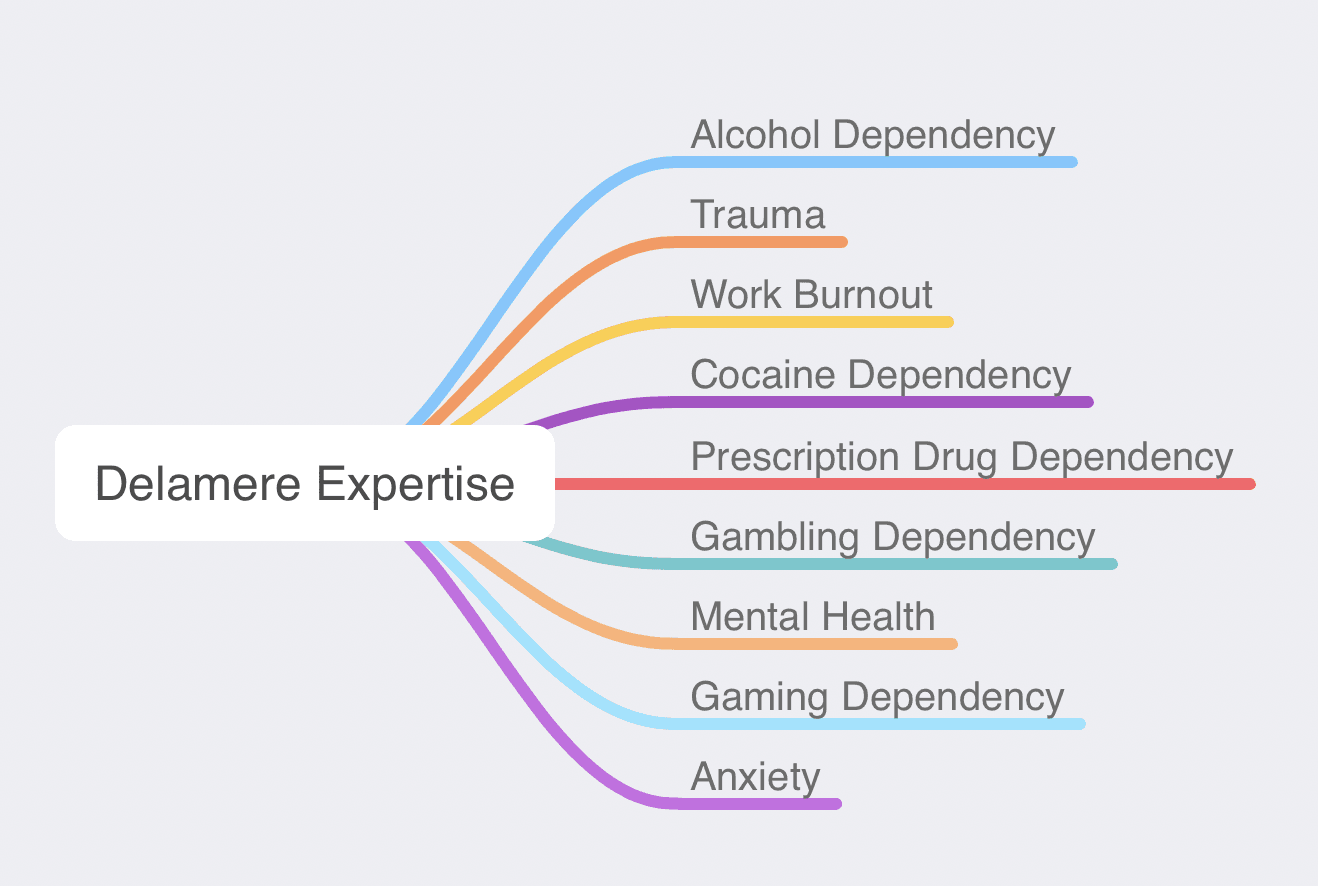
The result? We found that journalists from relevant publications (e.g. health editors) were excited to use our experts to add credibility to their editorial.
How does this promote experience and expertise?
-
The content sits within the relevant sections on large publications (e.g. the health section),
-
The keywords we want to rank for are used within the content.
-
Any links we generate point back to the relevant service page on the site — a vote of trust through the link.
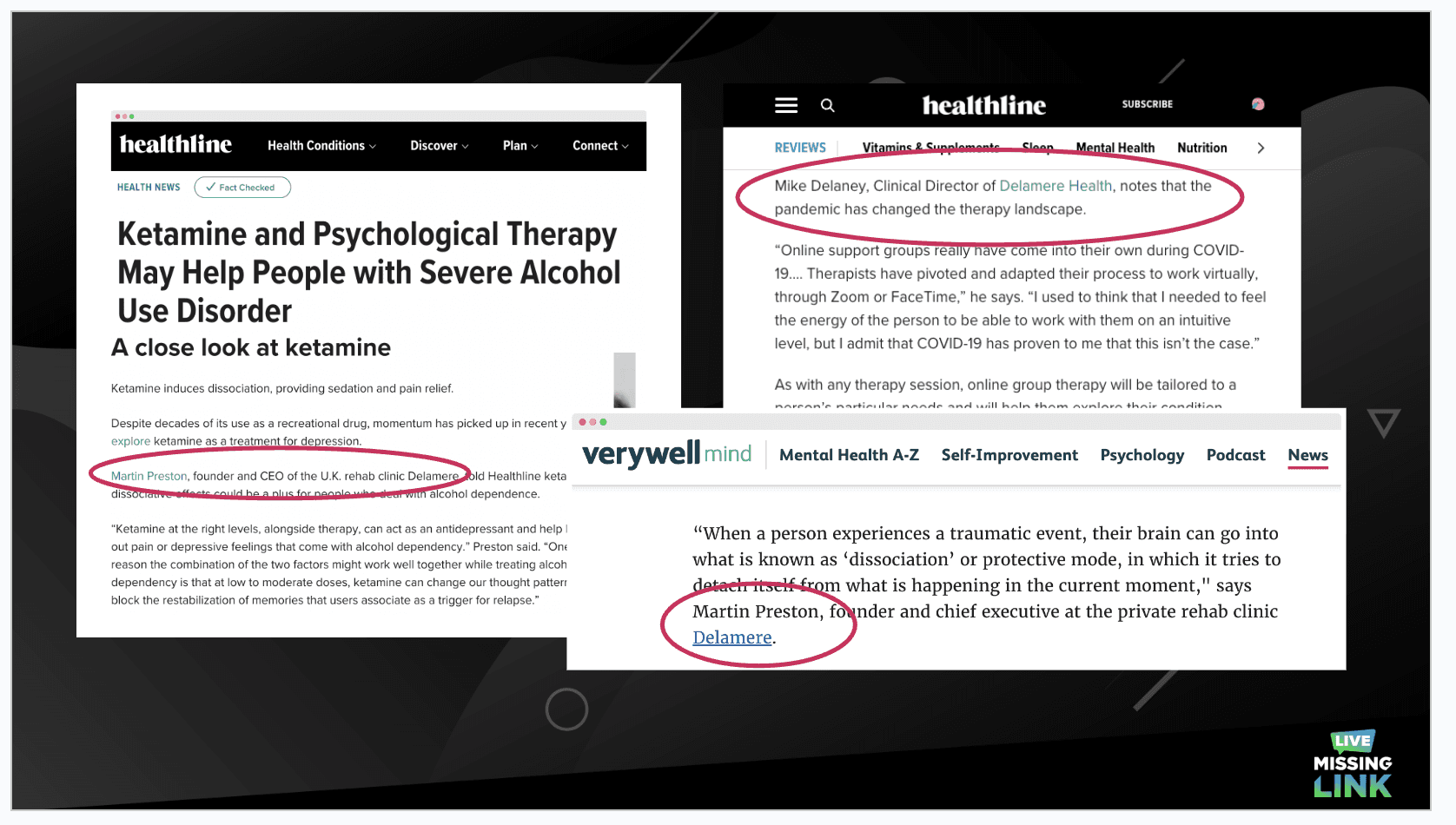
Tactic 2: Earning regular backlinks from relevant titles to demonstrate authoritativeness
One of the oldest and most well-known E-E-A-T signals are backlinks from high authority third party sites pointing into the page you want to rank in the search engine results.
This isn’t necessarily new information, but the type of links that demonstrate the authority of your brand might be different to what you first thought.
Many times in my career I have been told by a client that they need brand new referring domains and they need to be from top tier national publications. There is a time and a place for those types of links (you might be trying to create or close a link gap, for example), but if we look at how Google has told us they judge websites placing high importance on trustworthy and helpful content, I would argue that regular links from hyper-relevant titles have just as much impact, if demonstrating authority in a niche is our end goal.
Success story: How regular links in hyper-relevant titles improved E-E-A-T signals for a brand in the healthcare software space
In 2022, a B2B healthcare software provider asked us to help with their digital PR. We earned six links to their software product page, from three hyper-relevant publications.
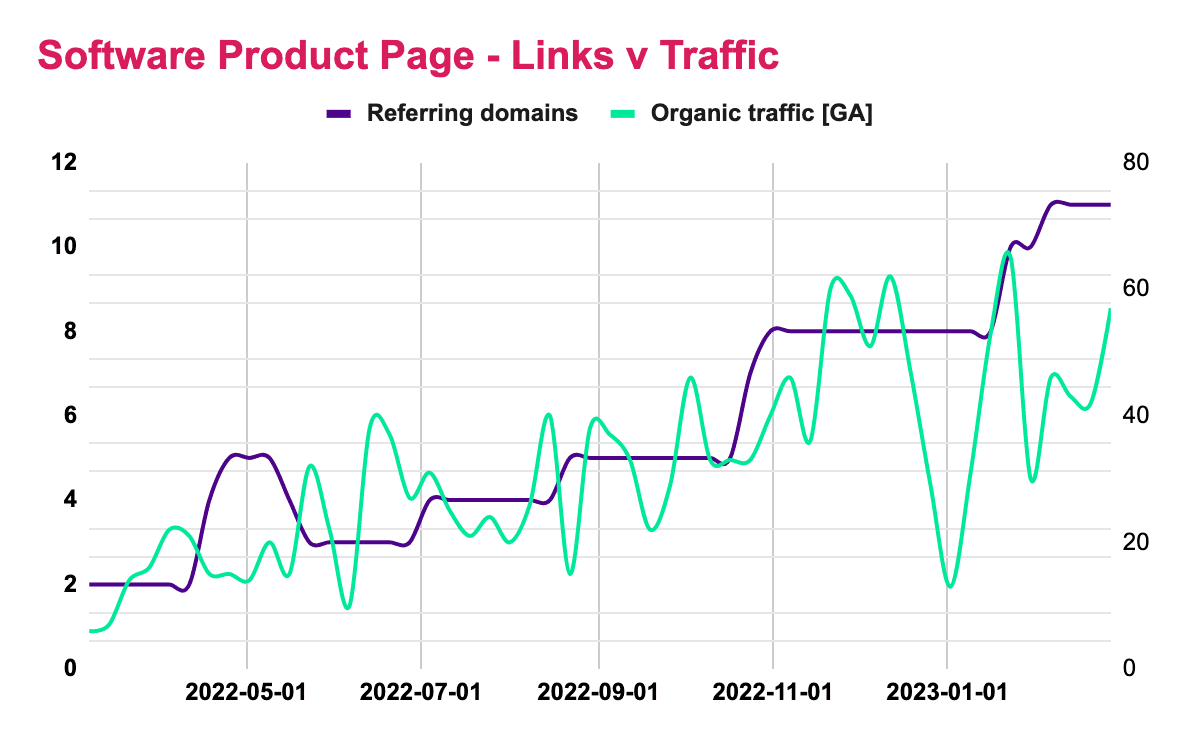
The impact was huge. We saw a 219% increase in traffic to the page year-on-year and the client reported back that they had increased leads through that page.
By getting repeat coverage on a topically relevant site you’re proving you’re a trusted expert to audiences and to Google. Your audience is likely to be more engaged and spend longer reading the content and an engaged audience is more likely to convert, proving the commercial value of digital PR.
Demonstrating authority isn’t about ego. It’s about giving a platform to knowledgeable professionals who are passionate about what they do and proving to Google that the information you supply is helpful, credible and authoritative
Tactic 3: Data-led digital PR campaigns to demonstrate trustworthiness
Brand-owned or proprietary data helps demonstrate trustworthiness. Whether you’re using anonymised customer data or other methods, original research reports are always a sign of quality.
Data-driven PR campaigns build trust with potential customers, journalists and Google by going the extra mile. You’re not just providing an opinion, you’re providing evidence to back up why you’re saying what you’re saying.
This type of content is perfect for attracting relevant, high quality backlinks at scale which in turn leads to more eyeballs on your research, increased brand awareness and therefore votes of trust through those links.
Success story: How brand-owned data drove trust for a money saving website
For a global money saving coupon brand we used brand-owned data to tap into a trending pop-culture moment – the ‘House of Gucci’ film starring Lady Gaga and Adam Driver.
One of our priority pages was the Gucci landing page on the site, so we were able to place our client, the page and their data-backed insights at the heart of the trend.
Capitalising on the buzz surrounding the much-anticipated release of the movie, we attributed a spike in user traffic from customers looking for vintage Gucci discount codes. Alongside this statistic we included commentary from our client to explain the increase in demand.
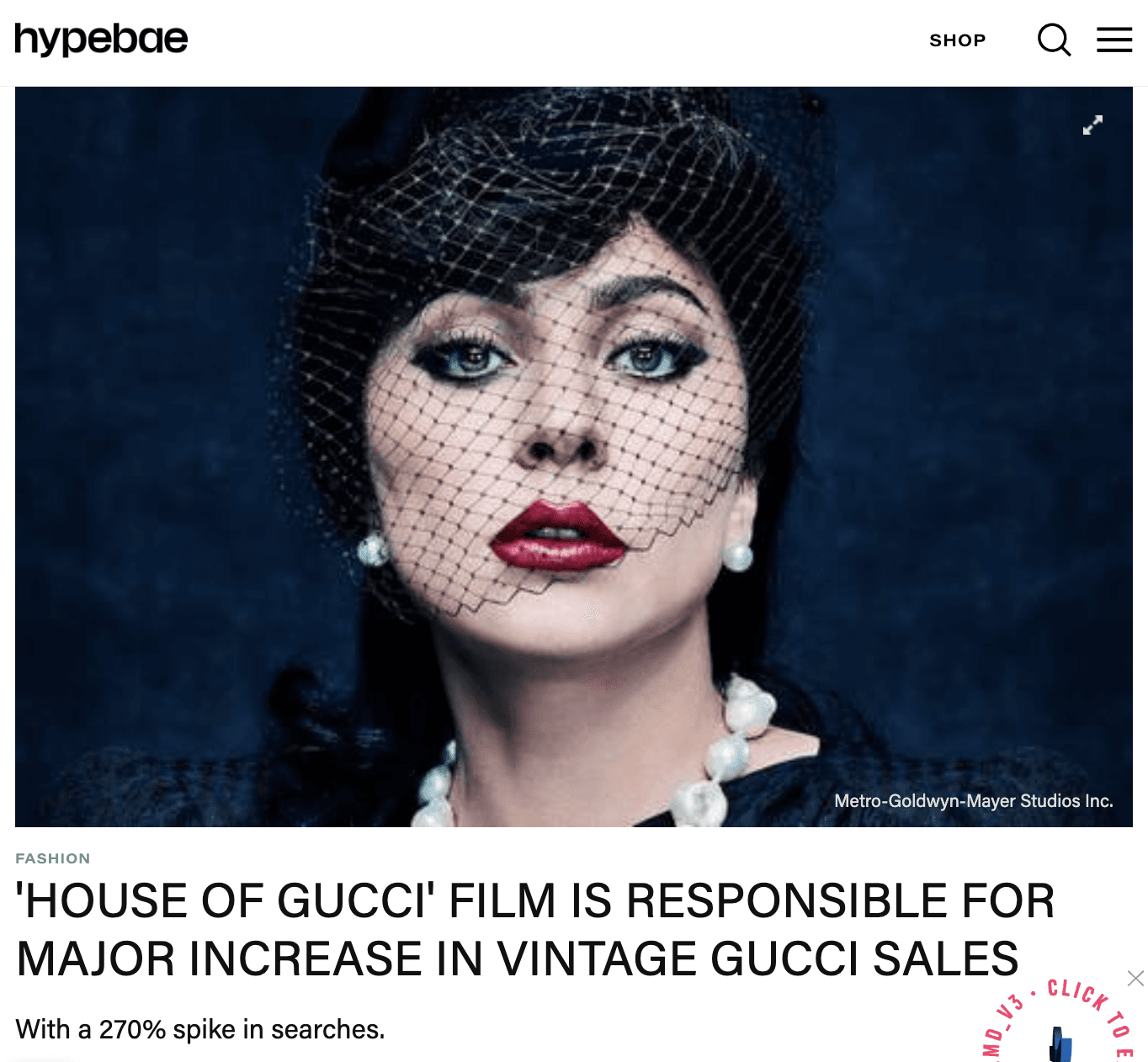
Brand-owned data is great for building trust, but only if:
-
The data can be fact-checked and verified by the journalists who want to use it.
-
It supports and adds credibility to the story being presented.
-
Has a sound methodology to show how you sourced the information.
Digital PR is just one part of the E-E-A-T puzzle
Digital PR isn’t just about building a volume of links anymore. Repositioning your digital PR activity to focus on the key elements of E-E-A-T is a sure-fire way to generate impactful results without needing to focus on volume.
The brands who invest in trust-building techniques and follow the principles of E-E-A-T will overtake the brands who do not. Google has been quite transparent with what they expect from brands and their websites.
SEOs and PR professionals need to use a blend of techniques that match the brand they are working for. Not every brand has a credible expert, but might instead have some great brand-owned data that can be used to build credibility.


